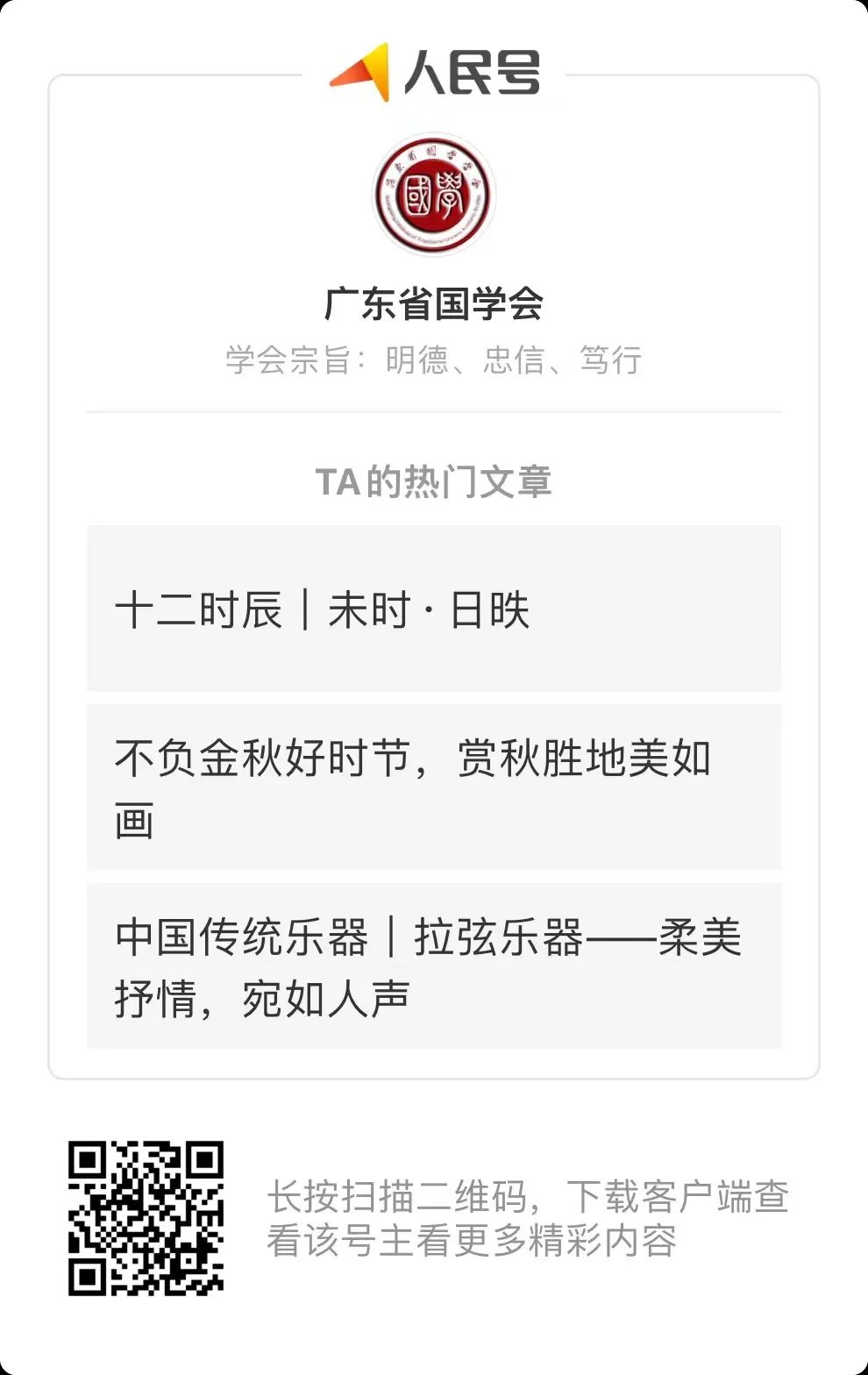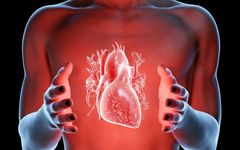The Five Zang and Six Fu refer to various organs within the human body.
“Zang” refers to solid organs
“Fu” refers to hollow organs
The Five Zang are the Heart (Xin), Liver (Gan), Spleen (Pi), Lungs (Fei), and Kidneys (Shen)
These are important organ systems in the human body
and are vital for maintaining life activities
Heart (Xin)
The primary function of the heart is to pump blood, which means the heart circulates blood throughout the body through its contraction and relaxation movements.
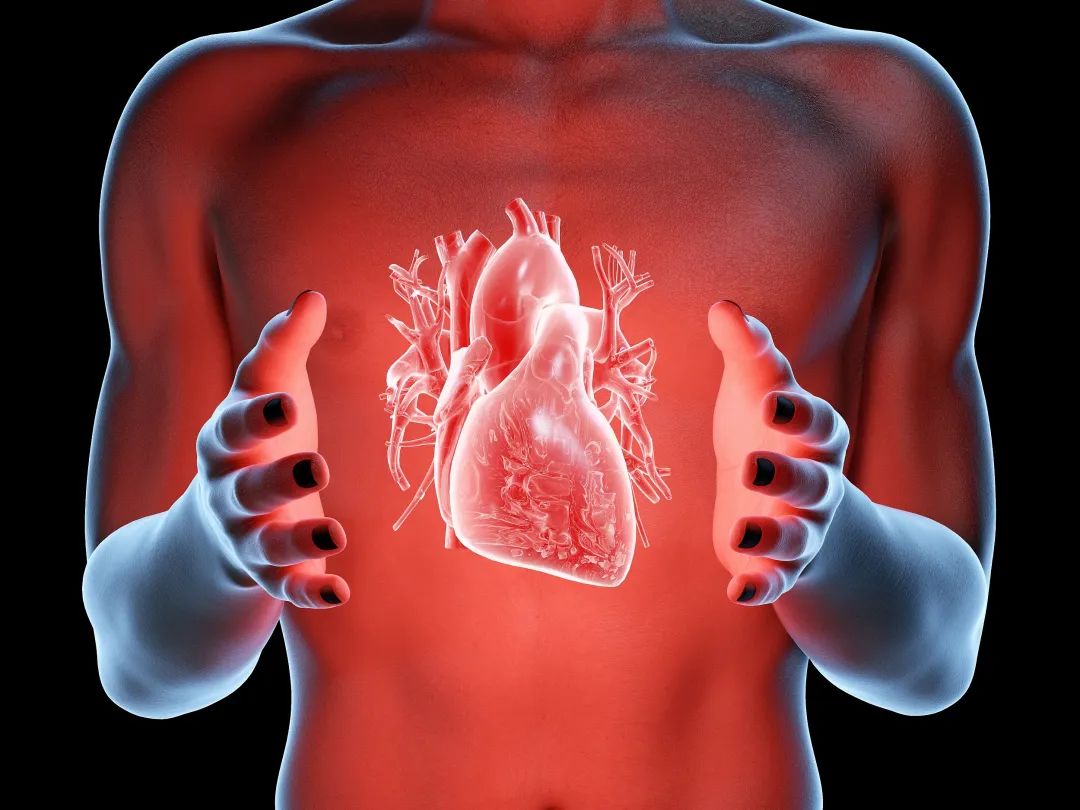
Liver (Gan)
The liver is an important detoxification organ in the digestive system, capable of converting alcohol, drugs, and endogenous metabolic toxins into harmless substances that can be excreted from the body.

Spleen (Pi)
The spleen is related to the immune system, as it contains a large number of lymphocytes and macrophages that participate in the body’s immune metabolism.
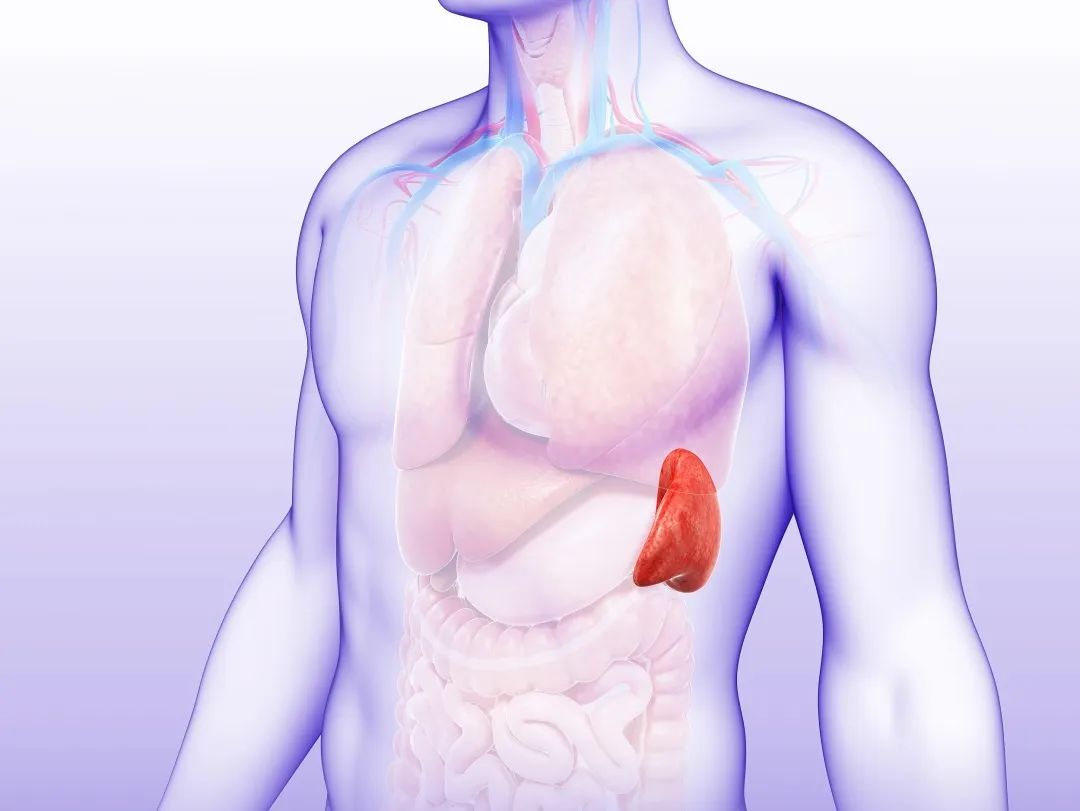
Lungs (Fei)
The lungs are the site of gas exchange in the respiratory system, supplying oxygen from the inhaled air to the veins, forming arterial blood that circulates to all organs in the body.

Kidneys (Shen)
Summary of Functions
The basic function of the kidneys is to produce urine, which helps eliminate metabolic waste and certain toxins from the body. They also reabsorb water and other useful substances, such as glucose and proteins, to regulate water and electrolyte balance and maintain acid-base balance.
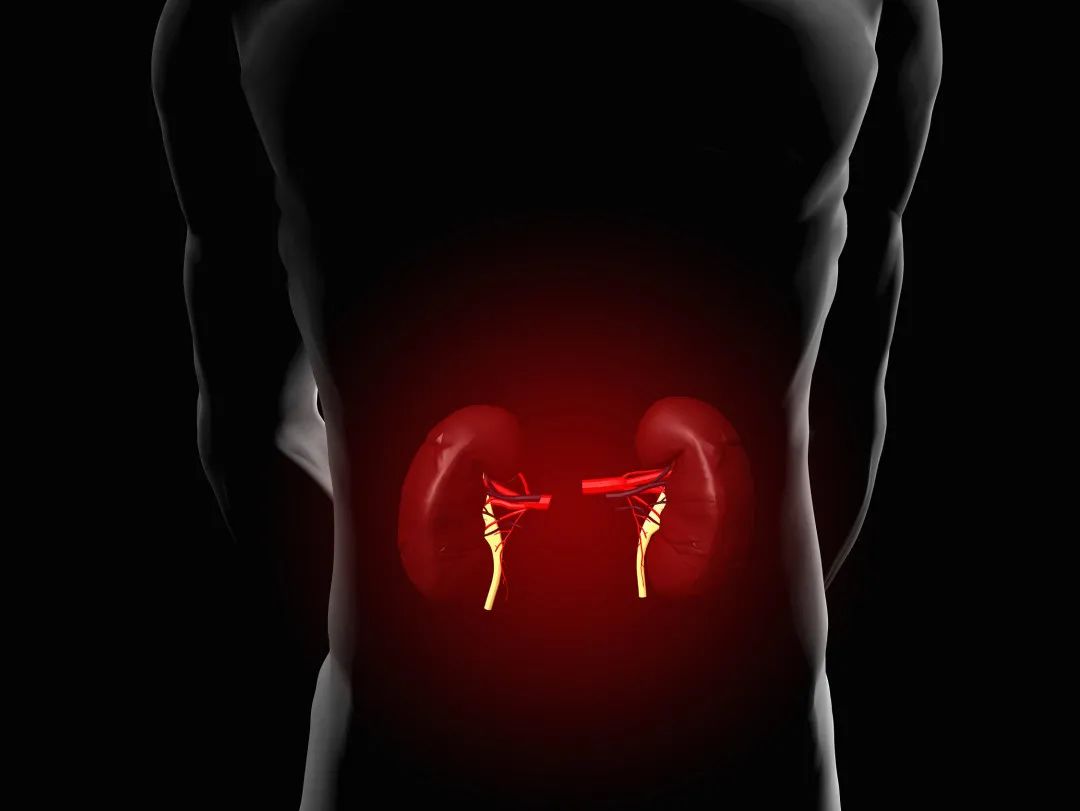
The Six Fu primarily refer to
The Gallbladder (Dan), Stomach (Wei), Small Intestine (Xiao Chang), Large Intestine (Da Chang), Bladder (Pang Guang), and San Jiao (Triple Burner)
The common physiological function of the Six Fu is
to digest and transform food, separating the useful from the waste
Gallbladder (Dan)
The gallbladder, also known as a unique Fu organ, stores and excretes bile, assisting in the regulation of the liver’s dispersing function. It is also associated with mental activities, helping the body make judgments and decisions.
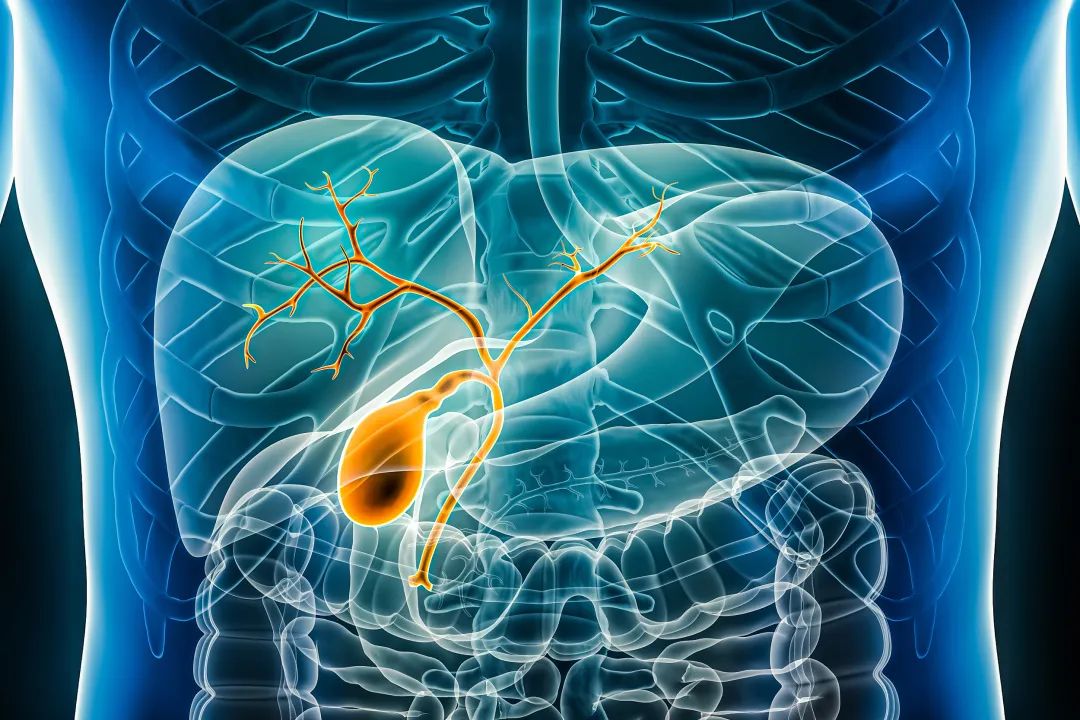
Stomach (Wei)
The stomach is responsible for receiving and digesting food, transforming it into chyme, and working with the spleen to convert food into essence and distribute it throughout the body. When the stomach is functioning properly, it allows for smooth digestion and absorption of food.
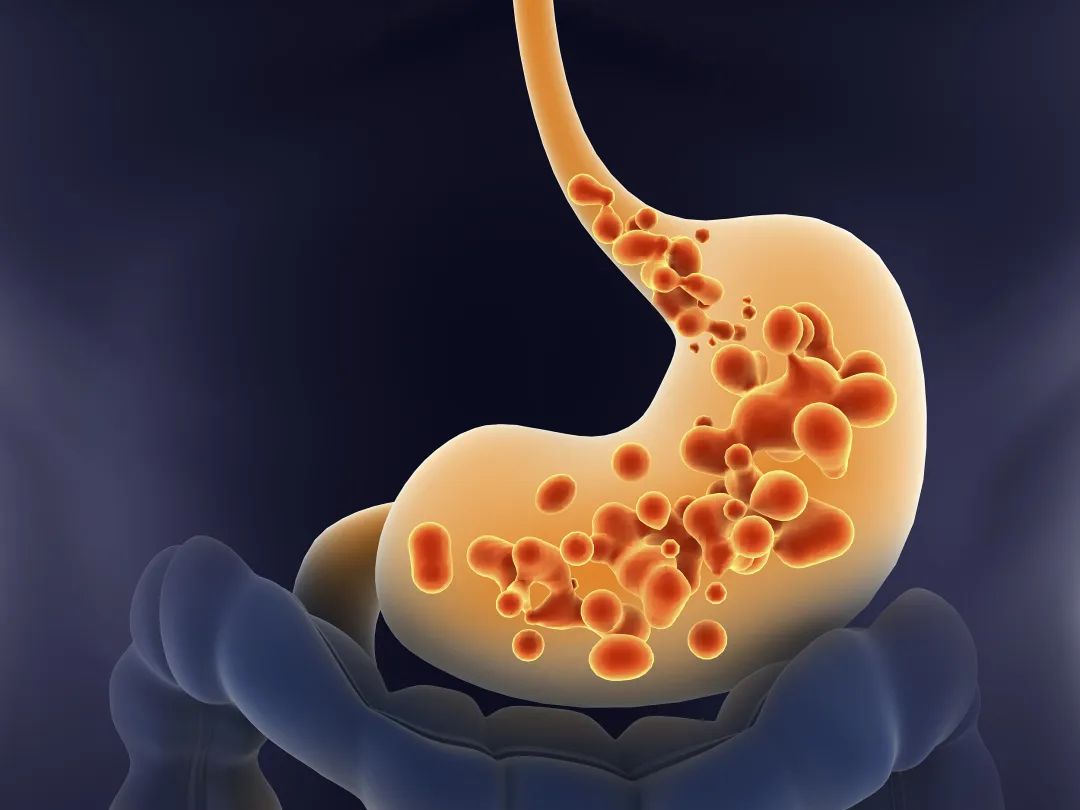
Small Intestine (Xiao Chang)
Summary of Functions
The small intestine is responsible for receiving and transforming substances, separating clear from turbid. It receives the digested chyme and further digests it into essence and waste, performing the function of transformation.
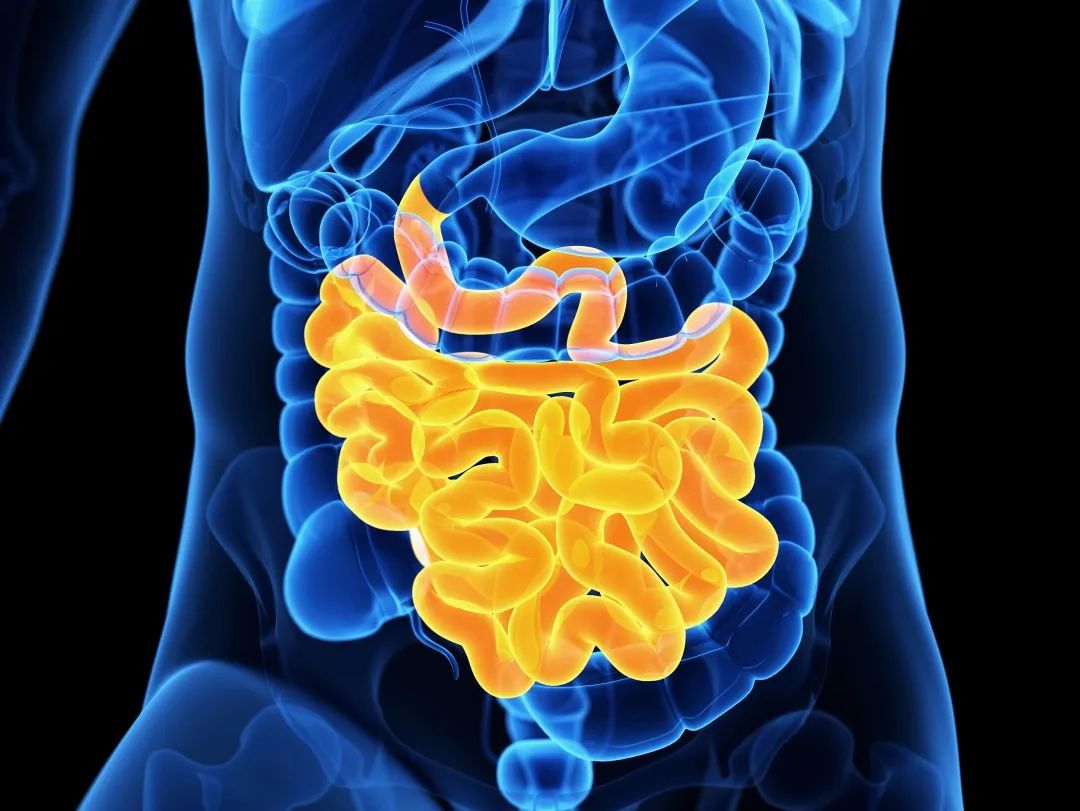
It also has the function of separating clear from turbid, meaning the small intestine can divide the chyme into two parts: the clear essence and fluids, which are absorbed and distributed throughout the body, and the turbid waste, which is passed to the large intestine.
Large Intestine (Da Chang)
The primary function of the large intestine is to transform and excrete waste, absorbing water from the food residue after it has passed through the small intestine, forming feces that are then expelled from the body.
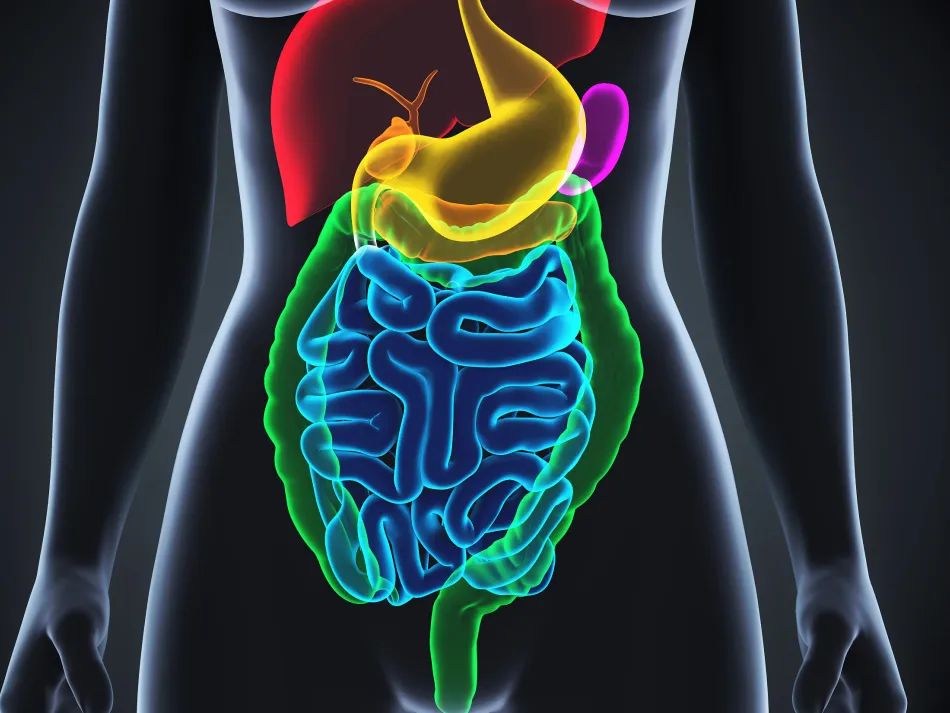
Bladder (Pang Guang)
Summary of Functions
The bladder primarily stores and excretes urine, releasing it automatically when filled to a certain level through the kidney’s vaporization function.
San Jiao (Triple Burner)
San Jiao is one of the Six Fu, located in the abdominal cavity, and its main function is to regulate the flow of water and vital energy.
The San Jiao’s role in water regulation refers to the transportation and excretion of body fluids, which is accomplished with the cooperation of multiple organs, but requires the San Jiao as a channel.
“Channel” means that the San Jiao serves as the pathway for the movement of vital energy within the body; only through the San Jiao can vital energy circulate throughout the body and function effectively.
The Five Zang and Six Fu each have their roles
Only when Qi and blood flow smoothly, and the organs coordinate and cooperate
can normal physiological activities be maintained
Recommended Reading

Poetry | Have you not seen the waters of the Yellow River come from the sky?

Lingnan Gardens | Seeking practicality while being exquisite and beautiful
